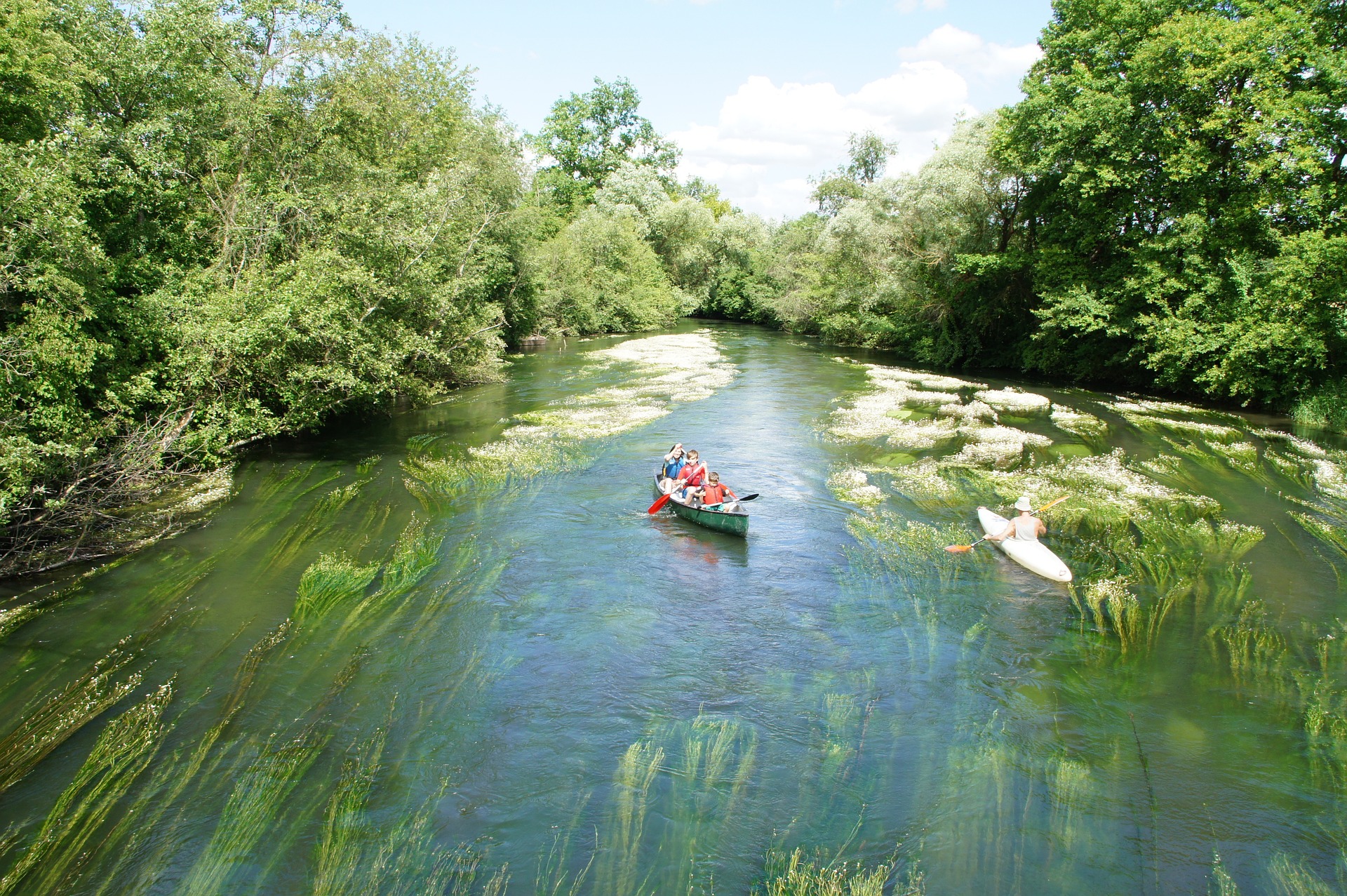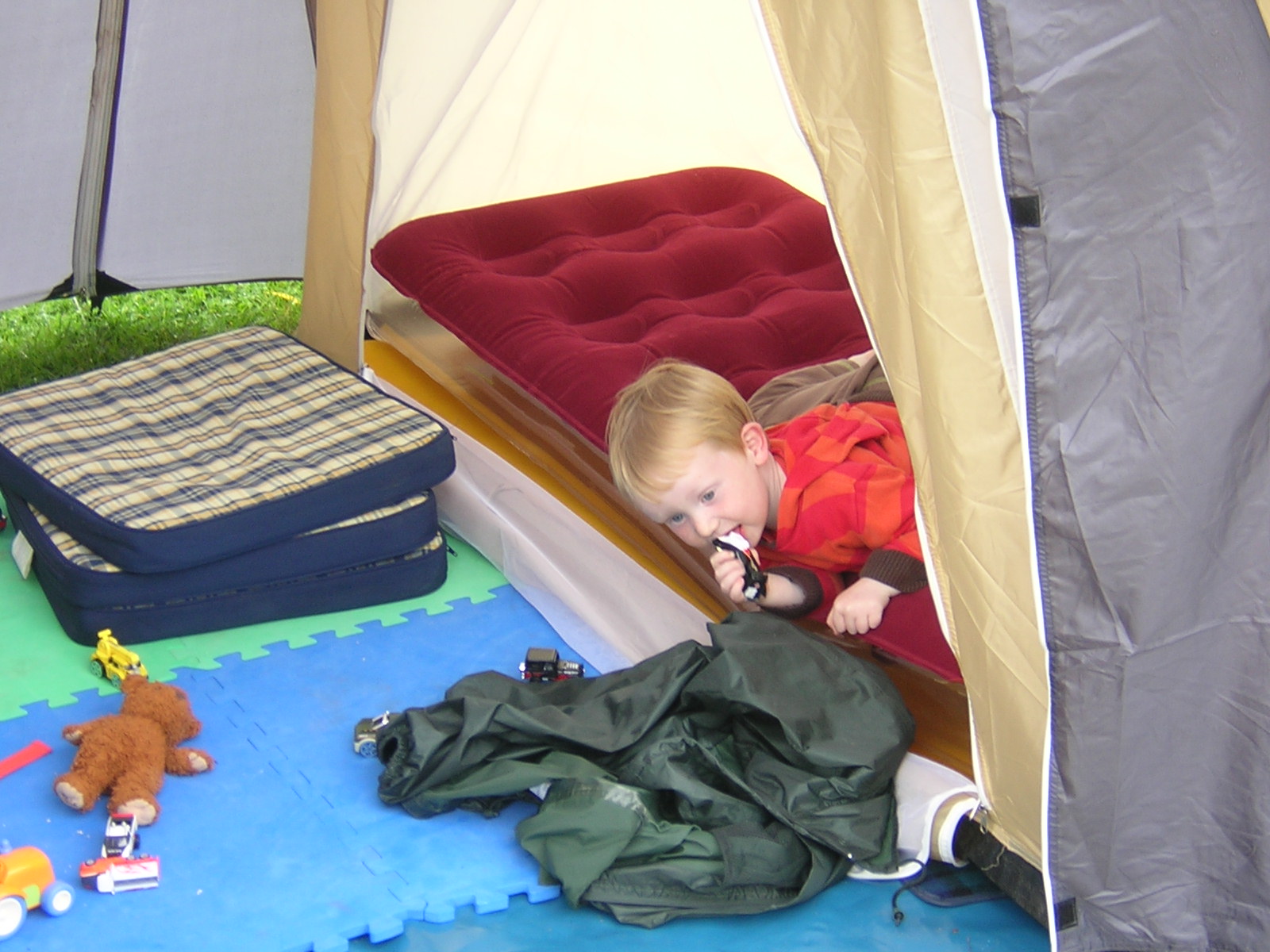Camping and canoeing
Canoeing on small trips is great fun. A couple of hours out on the river can provide exercise and a mental refresh.
But, take it up a notch and introduce camping into the mix and it goes to a whole new level.
From a simple overnighter to a multi-day trip, it provides a platform on which to explore your local rivers, lakes and even the sea.
Packing your equipment in waterproof bags and loading them into your canoe creates a sense of anticipation and excitement for your trip.
The first few paddle strokes and you are away. It's happening - you are an explorer destined for adventure.
 Ready for adventure
(from Pixabay.com)
Ready for adventure
(from Pixabay.com)Let's look at the eight key steps you need to think about when camping and canoeing:
1) Research and plan your route.
Sounds elementary, but many a trip has been spoilt by a bad choice of route. Too much distance or too difficult water - rapids or fast flows perhaps - and things get tricky.
Scope out the route in advance. Use online mapping tools to estimate distances and to work out the best places to enter and exit the water. Visit as many places as you can on the route in advance.
Eyes on the prize is the only way to increase your knowledge, build confidence and guarantee success.
When you are happy with the route, prepare waterproof copies of the maps and route details - two copies in case one gets lost.
2) Check out the access.
Land surrounding the water could be private property. You will need permission to camp and cross land that adjoins the route.
Seek permission in advance, preferable in writing via an email.
Respect the wishes of land owners and adjust your route to avoid damaging property or land.
3) Optimise your equipment.
Unlike the yearly family holiday when you took everything including the kitchen sink, camping and canoeing has space and weight limitations.
There are some basic pieces of equipment that are critical - tent, sleeping bag, stove, clothes, torch etc - and some pieces of equipment that are optional - pillows, dressing gown, bbq, teddy bear.
Gather your equipment together in advance and work out what you need to take. Check over your equipment and ensure that everything works correctly.
4) Keep everything dry.
Perhaps chuck that leaky old dry bag and upgrade for a new one. Online retailers supply really good dry bags at great prices.
Several small dry bags are better than one big one. The small ones are easy to carry and easier to store. Food will need to be kept in a separate bag to avoid spillages onto other equipment.
Whenever you open the bags, reseal them to avoid water ingress and when storing them in the canoe, make sure they are clipped together to minimise the risk of losing them.
5) Check it fits.
Pack your canoe in advance. You will be amazed at how much equipment you can store in a canoe.
It must be stored safely and not so it limits your ability to get out the canoe in an emergency.
Heavier items should be stored close to the middle of the canoe and the weight at each end as equal as possible.
The canoe needs to paddle true and level in the water.
6) Do a dummy run.
To be OVER prepared is to be prepared. You can never do enough to ensure your trip is a success.
A trial camp in the garden is a good way of finding out how the trip might go.
Take everything you would normally take and think how it worked for you. Refine your equipment if you need to and make improvements.
 Ed loved a practice camp out (and teddy bears do too!)
Ed loved a practice camp out (and teddy bears do too!)7) You are going to eat right?
Food is very important on longer distance trips. You will be consuming more calories and will need more energy rich foods. Your food should be stored as 'daily food' and 'evening food'. The daily food should be accessible in the canoe and contain snacks and lunch.
Your evening food contains dinner and snacks for supper. Drinks will need to be plentiful depending on the climate.
Food should be suitable for the length of the trip. Perhaps fresh food on the first day and dehydrated meals one subsequent days.
8) Think safety always.
Even trips in your local area can go wrong. Always make sure you have left a copy of your route, route description and daily timings with someone else. Arrange to check in with them every day (the power of a mobile phone!) and tell them you are safe.
If circumstances change - the weather deteriorates or equipment breaks perhaps - change your plans.
There are no prizes for pushing yourself or your group beyond what you/they are capable of.
Follow these eight steps and you will have an amazing, and safe, time.
Oh, don't forget the loo roll!
PS. Paddlesports can be dangerous.
Read our safety disclaimer - here

New paddling inspiration, tip, trip or technique video EVERY week! Watch Ed, Dave and Moo on their kayaking, canoe and SUP adventures. It's all about safely having fun on the water. 200,000+ views, 110+ videos & 900+ subscribers so far! Click below to start watching:
Ed & Dave Kayaking Youtube Channel
WANT TO HELP US?
We really value your visit to us today. We run this website and our Youtube channel to provide paddling inspiration, tips, trip and technique content to you. We love being out on the water! If you enjoyed your visit, you can support us by using the links below:
Buy us something on our wish list
Thank you
NEED WEB HOSTING?
We recommend IONOS. Great service, technical support and stable hosting. Click the link below to find out more:
IONOS Web Hosting - RECOMMENDED!



